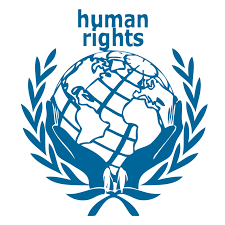Speaker: Professor Gentian Zyberi (Head of the Norwegian Centre for Human Rights, member of the UN Human Rights Committee)
The regional human rights protection systems have developed significantly in Europe, the Americas and Africa. Simultaneously, human rights are an important part of the catalogue of rights guaranteed by the constitution or the basic laws of a country. These catalogues have grown over time to include many economic, social and cultural rights. Norway amended its constitution in May 2014 to include more human rights. Based on this, one might draw the conclusion that the interaction between human rights protection mechanisms and domestic authorities should be quite good.
While there are few governments that would openly dismiss human rights as an important part of their obligations under international law, in the last decade more and more countries have expressed their displeasure or outright opposition to decisions by UN treaty bodies or regional human rights courts. What does this say about human rights and the relationship between State authorities and these human rights bodies?

This short lecture will briefly explain the evolution of this interaction and then highlight with specific examples the most recent disagreements between State authorities and human rights bodies. Finally, some scenarios will be outlined, in terms of how this interaction might develop in the future, depending on the type of State, interests involved, and other important factors.
